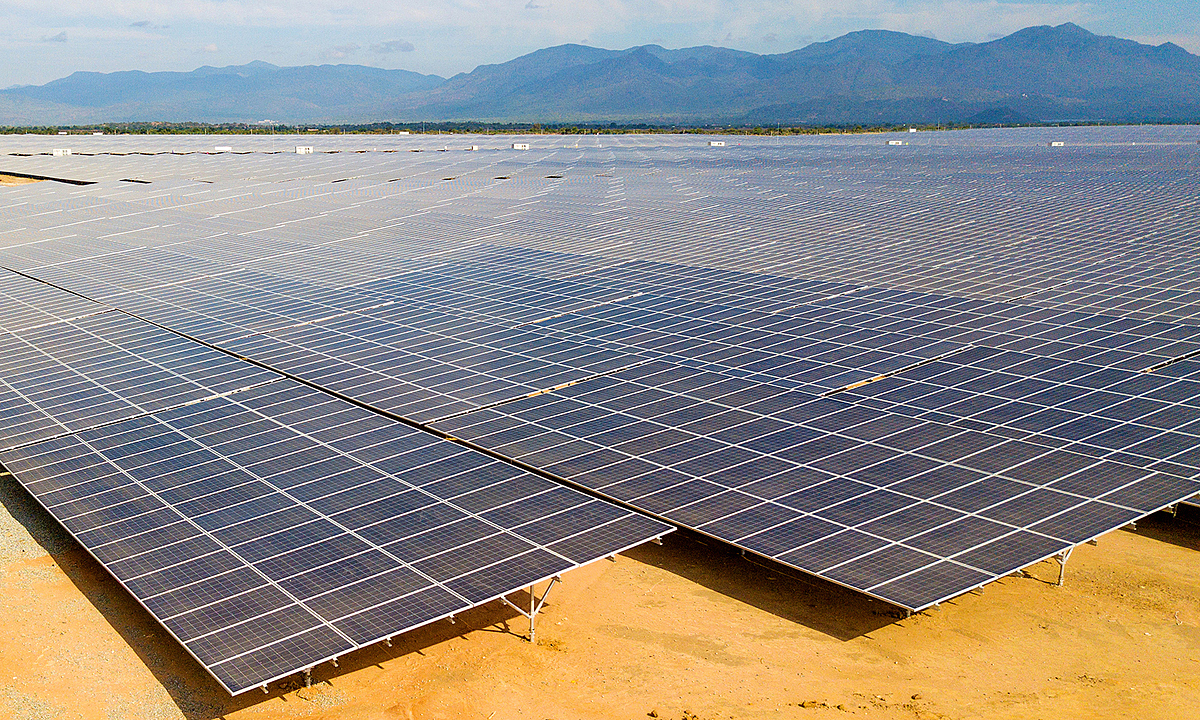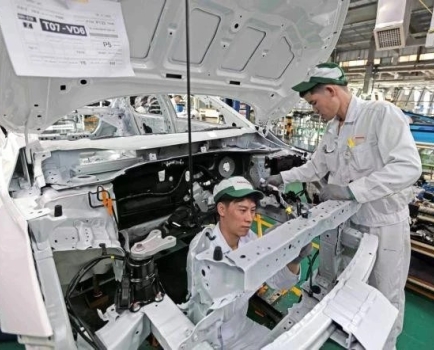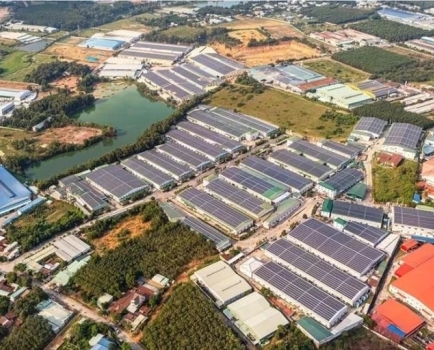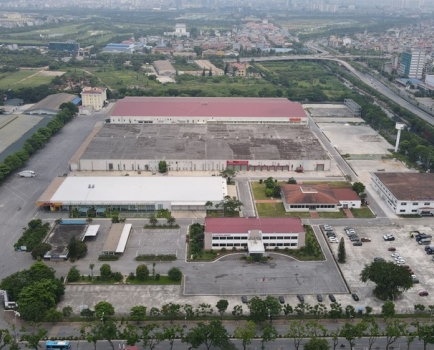Sustainability in ASEAN, a growing imperative
Tue, 25 Aug 2020 15:32:00 | Print | Email Share:
ASEAN was established in 1967 to advance regional cooperation, particularly economic, security and social.

Ong Bo Yang
Its member countries have a combined population of 650 million and GDP of more than $2.5 trillion.
Its immense population, comparative advantages and geographical location have led to the bloc being one of the quickest-growing markets globally.
Interdependent Southeast Asia is increasingly threatened by environmental degradation and climate change, which would have an immense financial cost and decrease the standard of living in the region.
There are many booming cities in ASEAN, with Jakarta expected to become the world’s largest city by 2030, and Manila the fourth largest. Megalopolises with large population densities will require large volumes of energy, which will push up greenhouse gas emissions.
ASEAN cities such as Jakarta and Bangkok are particularly susceptible to climate change, with both fast-sinking cities experiencing severe flooding regularly.
According to the U.K.'s Lloyd’s City Risk Index, ASEAN countries will suffer a $22.5 billion GDP loss over the next decade from the effects of flooding. By the end of the 21st century flooding will drag down ASEAN’s GDP by 11 percent.
In developing cities, there are rural areas with a lack of facilities and even basic necessities. Governments have to build infrastructure for traveling and also water, electricity, sanitation, and others.
ASEAN member countries have begun sustainable development projects: Indonesia is producing environment-friendly vehicles while Vietnam and Myanmar are building huge solar power plants.

Solar panels at a plant in Ninh Thuan Province in south central Vietnam,
August 2019. Photo by VnExpress/Quynh Tran.
Collectively, the Smart Green Cities program in collaboration with the European Union seeks to reduce carbon emissions and promote sustainable development in Southeast Asia.
The Asian Development Bank estimates that $210 billion will be needed for infrastructure in ASEAN by 2030, which will also help achieve the United Nations’ Sustainable Development Goals (SDGs).
SDGs were established in 2015 due to the pressing need to address climate change and environmental degradation.
Currently the public sector contributes 75 percent of the investment required for sustainable infrastructure, and the private sector for 25 percent.
Ostensibly, non-governmental organizations and governments are unable to provide all the funding required for sustainable infrastructure projects. The Monetary Authority of Singapore estimates that it is imperative that 60 percent of sustainable infrastructure investment comes from the private sector.
In the private sector, banks play the most critical role.
However, the World Wide Fund for Nature (WWF)’s Sustainable Banking Assessment discovered that 35 ASEAN banks do not adequately address the environmental crises.
More than half of the banks met less than 25 percent of the ESG criteria. A meager 9 percent of banks did climate change risk assessments and took measures.
Regrettably, banks are continuing to invest in unsustainable and non-eco-friendly business ventures.
This has led to their shareholders and environmental activists flagging concerns about lending to firms with unethical or poor sustainability practices.
Since banks facilitate economic activities with financing, they can restrict undesirable business ventures that might be detrimental to the environment. To start with, they can restrict funding for non-eco-friendly activities and offer more favorable terms for sustainable activities.
OCBC, UOB and DBS have set an example to the banking sector by abstaining from lending to coal-fired power projects.
More Southeast Asian banks can embark on sustainable and green financing since there is potentially a $3 trillion market for green and sustainable infrastructure investment in the period from 2016 and 2030.
Sustainable investing is a rising trend among banks as they invest in a responsible manner in accordance with ESG guidelines, contributing to social welfare.
In 2019 ASEAN inaugurated the ASEAN Center for Sustainable Development Studies and Dialogue (ACSDSD), which aids regional and international discussions and cooperation in sustainable activities to propel Southeast Asia to fulfilling the United Nations’ SDGs.
However, the 2019 Asia and the Pacific SDG Progress Report highlights the fact that current progress is not sufficient to attain the 17 SDGs before 2030. There is a need to accelerate ongoing and future sustainable development projects.
It remains to be seen whether ACSDSD will be productive in aiding international cooperation in sustainable activities. Nevertheless, ASEAN can use its past experience and leadership in committees like the ASEAN Coordinating Center for Humanitarian Assistance on Disaster Management, in order to coordinate well with non-ASEAN partners.
ASEAN’s population is expected to increase to 749 million by 2030, and GDP to $6.6 trillion. With a significant increase in population likely, it is even more imperative for forward-looking and meticulous sustainable development planning to ensure that resources are enough to meet the needs of every citizen and protect the natural environment.
*Ong Bo Yang is a final year undergraduate majoring in Banking and Finance at the University of London. The opinions expressed are his own.
By: Ong Bo Yang/Vnexpress
Source: https://e.vnexpress.net/news/perspectives/sustainability-in-asean-a-growing-imperative-4148795.html
---------------------------------------------
Same category News :













